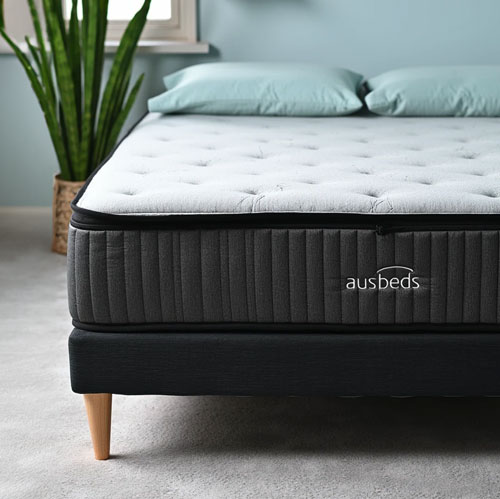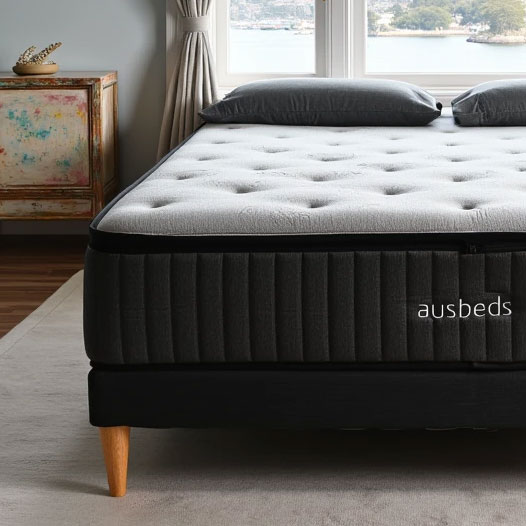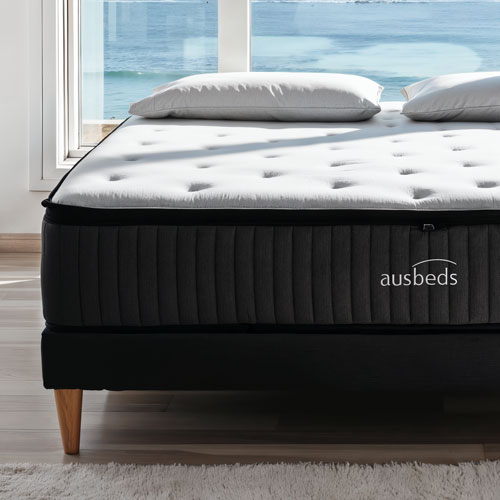The role of bodyweight in mattress dipping
To explain mattress dipping let me write a story about Tim.
Tim bought a new mattress. It has springs and memory foam. It’s a decent quality mattress.
After 7 years Tim finds the following about his mattress.
weight – 100kgs, time slept on – 4 years, Major sagging in mattress.
However this information would change when you change the bodyweight of the person. And may look something more like this
weight – 70kgs, time slept on – 8 years, no deterioration.
The more your body weight is, the less time the memory foam will last. When I bring back mattresses from couples to the factory we see some extreme differences in dipping. For example a common occurrence is the female may be 65kg, the male 95 kgs. They didn’t rotate their mattress, the males side is completely caved in, the females side is fine.
Dipping is strongly related to bodyweight. My rule of thumb to understand the scale of this would be something like the following.
For the sake of argument, and to make things simple, lets take the sleep republic config.
bodyweight | time till foam around hips loses support
60kg | 11 years
70kg | 8 years
80kg | 6 years
90kg | 5 years
100kg| 4 years
for every 10kg you weigh less, the time that the foams (ability to conform) lasts will increase substantially. This is why sometimes it’s useless information when someone says a mattress doesn’t sag. A mattress will have a different lifespan depending on the bodyweight of the person laying on it.
I believe that at the bodyweight of 100kgs, extra attention needs to be paid to the type of foam as this will be the part that you will run into problems with the quickest.


